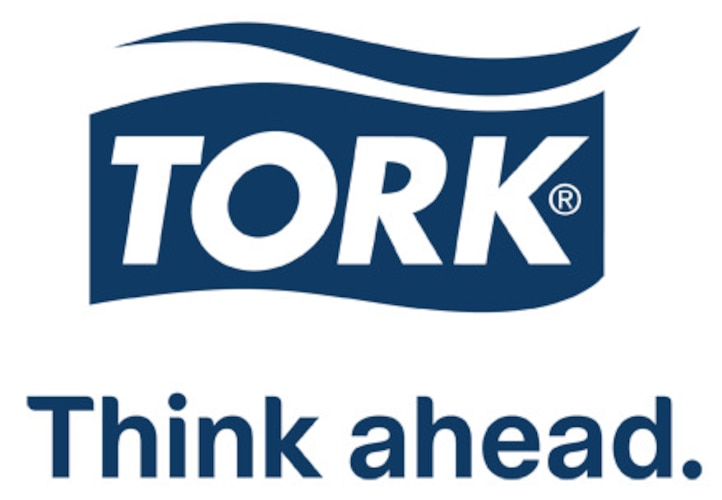Choose your country or region
Africa
Asia Pacific
Middle East
Europe
North America
South America
